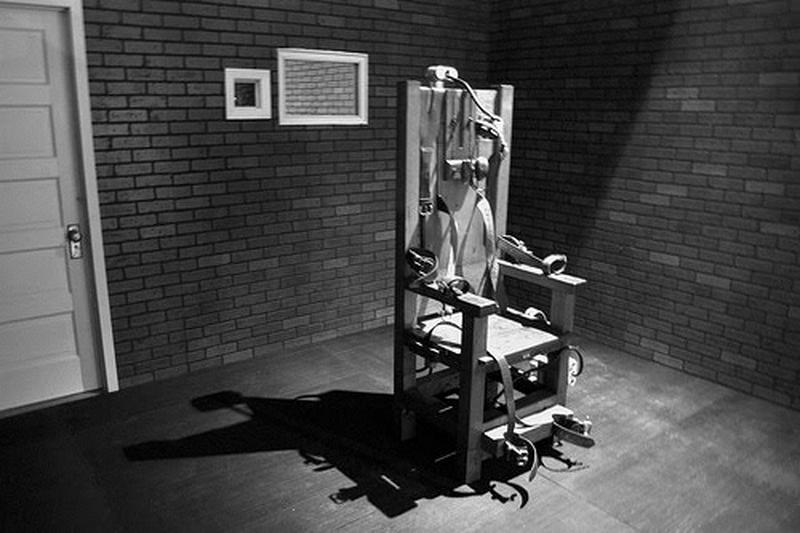Capital Punishment: How It Worked.
By | March 27, 2017

Death Penalty, also known as Capital Punishment is a sentence or punishment of death for individuals who have been convicted of crimes of treason, terrorism, espionage, federal murder, large-scale drug trafficking, and attempting to kill a witness, juror, or court officer in certain cases, rape and adultery. The laws may vary from country to country but the methods of execution are common throughout the world.
Lethal Injection
This was viewed at the most merciful. The inmate was put to sleep, then injected with a substances to stop the inmate's breathing and heart. A doctor declares the prisoner dead. Death results from anesthetic overdose and respiratory and cardiac arrest, while the condemned person is unconscious.
Beheading
Saudi Arabia is the only country in the world where beheading is used as a method in capital punishment. This is performed publicly with a curved, single-edged sword. While many nations allow beheading by law, Saudi Arabia is the country that uses it most often.
Electrocution
In 1997, convicted murderer Pedro Medina was executed by the electric chair in Florida. His head burst into flames during the procedure. Electrocution was then deemed cruel.
The convict is shaved and strapped to a chair. A metal skullcap-shaped electrode is attached to the scalp and forehead over a sponge moistened with saline. The prisoner is blindfolded and electrocuted.
Stoning
Stoning to death is when a person’s movements are restricted and an organized group throws stones at them until dead. Stoning is an acceptable method of execution under Islamic Sharia law.
Gas Chamber
The executioner will enter the chamber and place potassium cyanide (KCN) pellets into a small compartment beneath the execution chair. Once the prisoner is secured to the chair, the chamber is sealed and the executioner pours a quantity of concentrated sulfuric acid (H2SO4) through a tube which leads to a holding compartment in the chair. Lethal hydrogen cyanide (HCN) gas is formed.
Firing Squad
For execution by this method, the inmate is typically bound to a chair with leather straps across his waist and head, in front of an oval-shaped canvas wall. The chair is surrounded by sandbags to absorb the inmate's blood. A doctor locates the inmate's heart and pins a circular white cloth target over it. Each of the shooters aims his rifle through a slot in the canvas and fires at the inmate.
Hanging
For execution by this method, the inmate may be weighed the day before the execution, and a rehearsal is done using a sandbag of the same weight as the prisoner. If the rope is too long, the inmate could be decapitated, and if it is too short, the strangulation could take as long as 45 minutes. The execution takes place when a trap-door is opened and the prisoner falls through.
Guillotine
Joseph-Ignace Guillotin is thought to have invented the Guillotine. Fact: He sat on the committee that eventually designed the device, but it was actually Antoine Louis who came up with the design that was then used to build the first functioning guillotine. This is no longer used anywhere in the world.
Once the prisoner’s neck is secured in a large frame, the blade is dropped, severing the head and bringing about immediate death.


